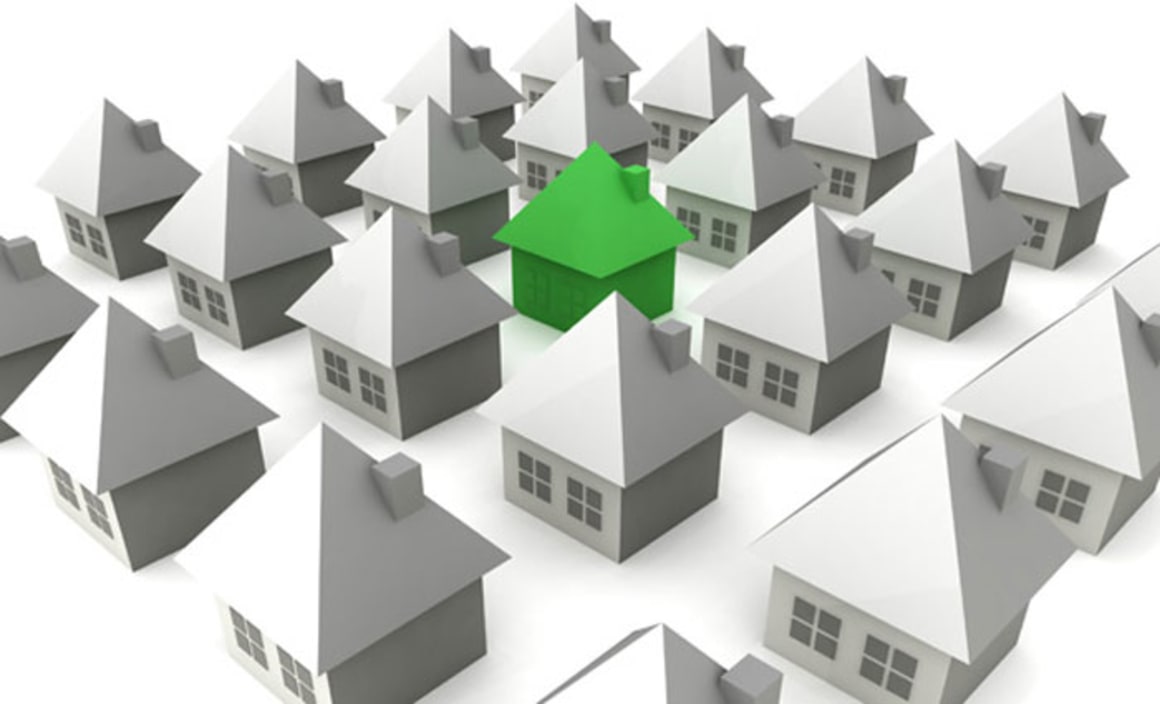Low income households face unaffordable rents: RAI

Despite rental affordability across Sydney improving in the past year the NSW capital remains critically unaffordable to significant proportions of the renting population, especially very low and low-income households, the latest release of the Rental Affordability Index (RAI) has found.
Greater Sydney’s affordability is the highest recorded over the past eight years, improving by 5.7 per cent in the past 12 months – which has almost entirely been driven by the decline in rents caused by the onset of the COVID-19 pandemic. It is the only city which has shifted from moderately unaffordable to acceptable rents, despite affordability improving across most metropolitan regions.
Despite the lower rental rates, the difference for very low-income households is negligible, as they still face severely unaffordable rents across Sydney.
The RAI is an indicator of the price of rents relative to household incomes based on new rental agreements. It is released annually by National Shelter, Bendigo and Adelaide Bank, SGS Economics & Planning and the Brotherhood of St Laurence. The report provides an indication on the impact of early COVID-19 responses and supplement payments, measuring rental affordability for households until the June quarter 2020.
A score of 100 on the RAI indicates that households are spending 30 per cent of their income on rent, which would cause low-income households to be in rental stress. They may have to forgo necessities including food, power and medical care to make ends meet. A score of 100-120 shows that households are facing moderately unaffordable rents.
With a score 126 in the June quarter of 2020, rents have shifted from moderately unaffordable to acceptable, on average, in Sydney. The average rental household in Greater Sydney spends about 24 per cent of its total income on rent – which is the same in regional NSW, which has an RAI score of 124.
However, lower-income households have to fork out a much higher proportion of their income to afford a roof over their heads in Greater Sydney:
- Single person on JobSeeker: 69 per cent of income (extremely unaffordable)
- Single pensioner: 79 per cent of income (extremely unaffordable)
- Pensioner couple: 53 per cent of income (severely unaffordable)
- Single part-time worker parent on benefits: 47 per cent of income (severely unaffordable)
- Full-time hospitality worker: 35 per cent of income (unaffordable)
Regional NSW is the second least affordable rest of state areas with an RAI score of 124, behind regional Tasmania (114). The average household seeking to rent in regional NSW would face rent levels at 24 per cent of its total income, which means rents remain acceptable to affordable across regional NSW. As households move from the city to regional centres, this may impact affordability.
In Victoria, there is a massive need for government investment in social and affordable housing – and now is the time for it since borrowing costs are so low in Australia. Without investment in this space, we are ignoring our responsibility to help people be decently housed.